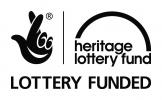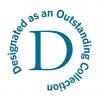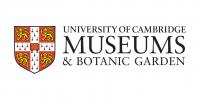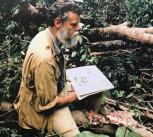
Kingdon was born in Tanzania in 1935 and lived and worked in East Africa for many years. As well as being one of the world’s greatest naturalists, Kingdon has developed a wealth of artistic practices which seek to explore and explain some of the hows and whys of animal evolution. Through his artworks, he proposes answers to questions such as why the zebra is so strikingly striped, how certain groups of birds evolved to show such a diversity of forms, and why vultures’ heads resemble rotting flesh.
This exhibition of sculpture, paintings, ceramics and drawings offers a biologist’s effort to understand key evolutionary questions: Why do animals live where they live? How have different species evolved to appear the way that they do? Why have different patterns evolved in nature?
Scientists continuously ask how species come to be unique, but few go beyond using words to explain their theories. In exploring meaning behind the visible appearance of bones, muscles, feathers and fur, Jonathan Kingdon uses an artist’s media to communicate his science. He is at once a scientist and an artist – there is no distinction.
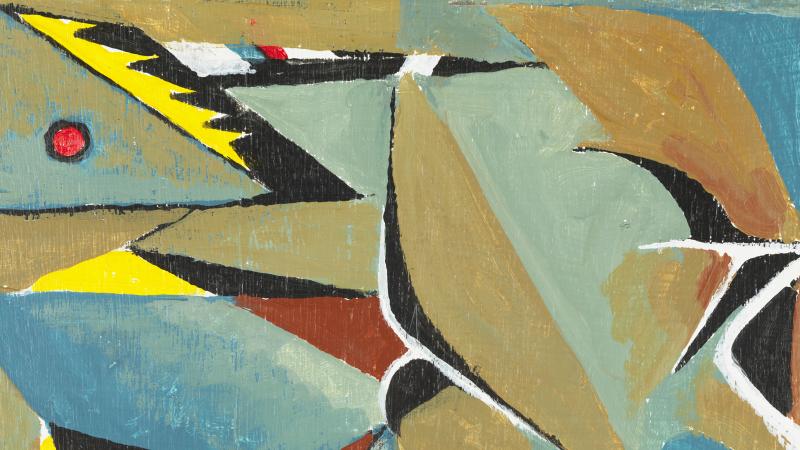
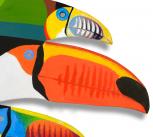
The major part of the exhibition showcases Kingdon’s work to communicate how animals’ external appearances have evolved, though stunning artistic practices, rich in colour.
“There is a basic logic in an animal’s anatomy beneath the skin, and this is also true for the animal’s external appearance”, says Kingdon. “Animals’ patterns can be scientifically analysed, and I am interested in exploring this, using techniques more typically employed by artists rather than through words and graphs.”
This exhibition displays a lifetime of observations in nature. The works are accompanied by Kingdon’s personal reflections on decades of experience with these animals in his own words – from the aardvarks and primates he would encounter in his childhood gardens, to the wild creatures he experienced on the dissection table. Kingdon describes one experience: “This big male lion was given to me as a very fresh corpse after dying of disease. It was dumped on my lawn, and I had to lift him up. As I threw him over my shoulders, all the air in his lungs came through his throat, and there was a tremendous roar in my ear. I dropped it and leapt back in shock, but of course he was stone dead.”
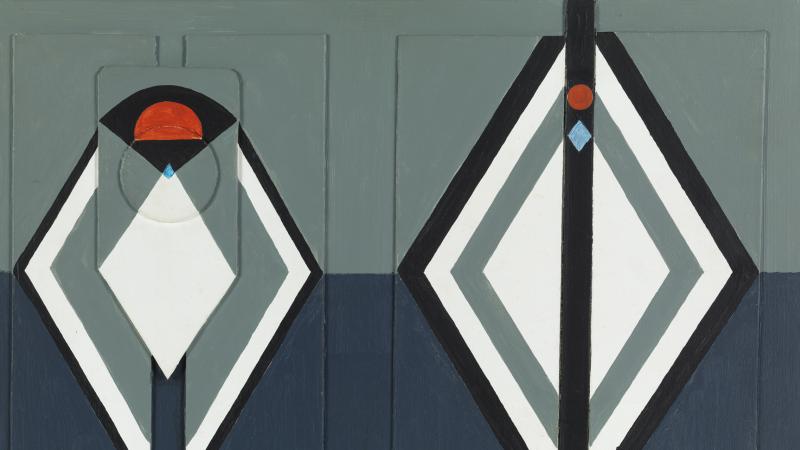
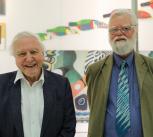
Sir David Attenborough who opened the exhibition at a private event says “Jonathan Kingdon’s meticulous observation of wildlife over the course of his lifetime has answered many profound questions about how animals work. He has also explained his findings with dramatic and pioneering artworks that have few if any parallels. The Museum of Zoology, which contains many displays that illuminate the questions he tackles, is the perfect place to exhibit his work.”
The exhibition is showing in the lower gallery until 15 September. Free to enter. Open every day, except Mondays.
Image of Sir David Attenborough with Jonathan Kingdon: Credit Lloyd Mann / University of Cambridge
This exhibition was organised in collaboration with the Arts, Science and Conservation Programme at Cambridge Conservation Initiative.


